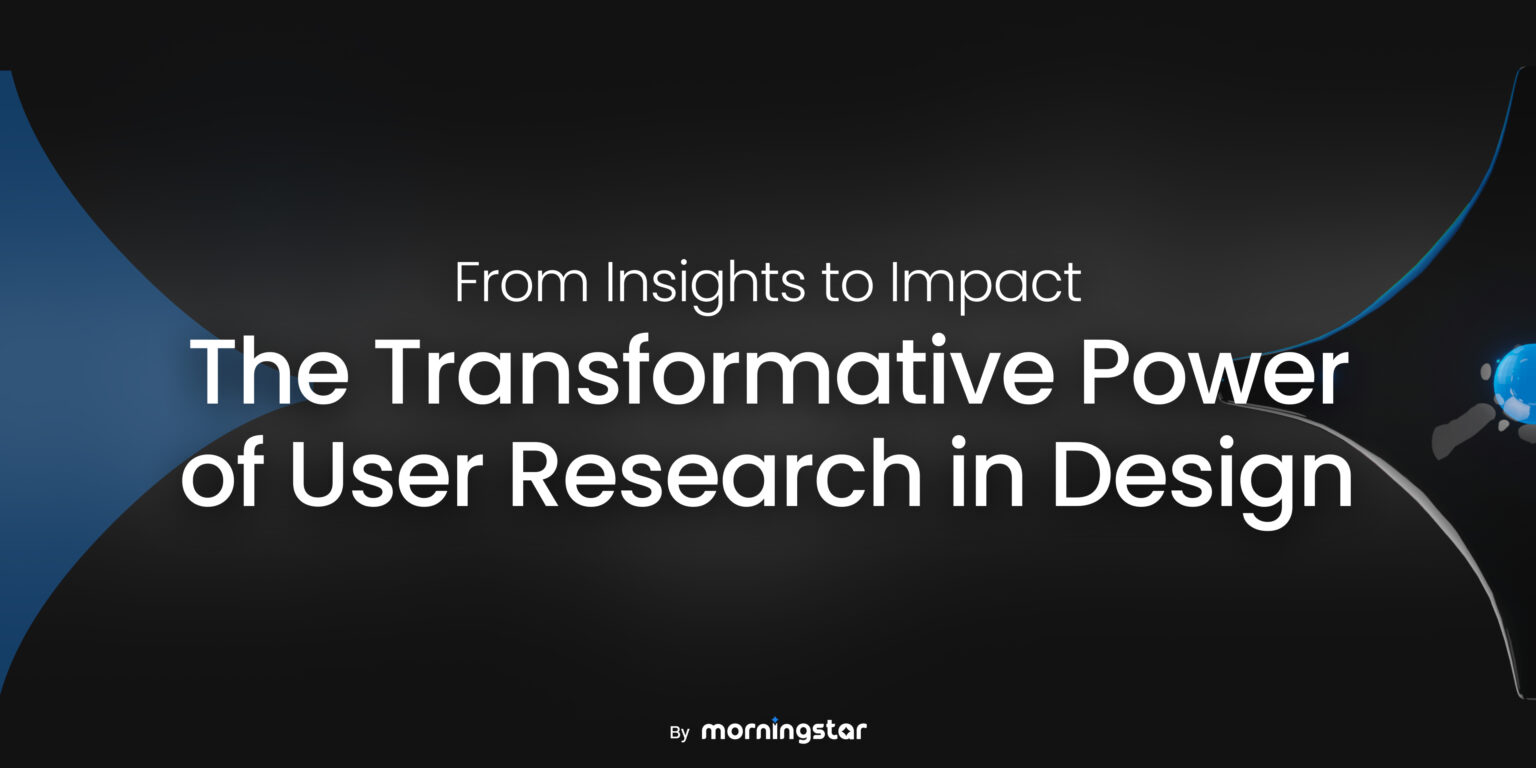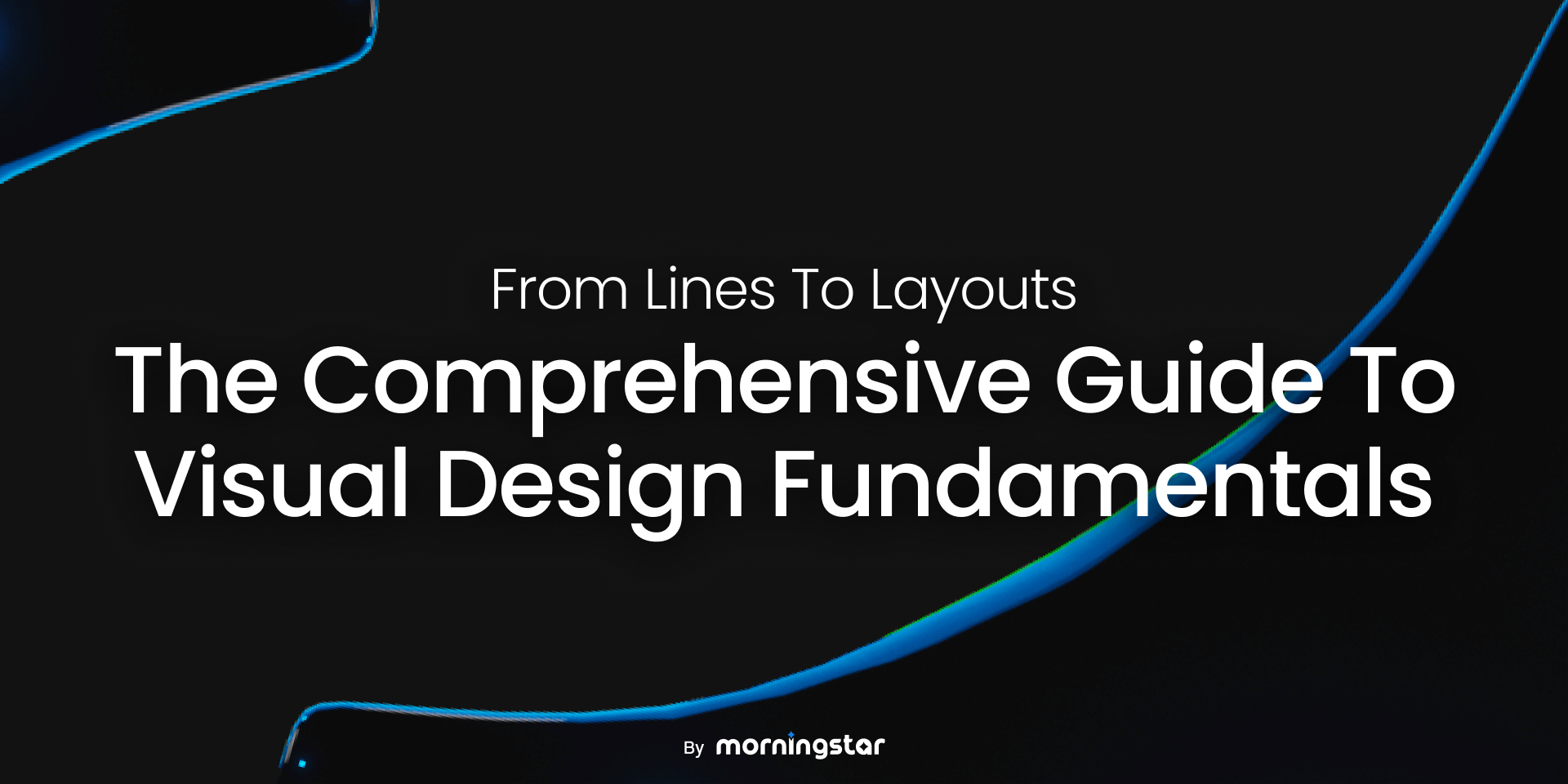The Significance of User Research
In the landscape of digital design, where the focus has increasingly shifted towards creating experiences that feel intuitive and enriching to the user. This is where the disciplines of User Experience and User Interface design come into play, and at their core lies a crucial process. Understanding these essence and how it informs UX and UI design is akin to unlocking the secret to creating digital products that resonate with the users’ needs, preferences, and behaviors. It acts as the foundation upon which successful UX and UI designs are built, with its importance sprawling across several facets:
1. Empathy and Understanding: At its heart, user research is about cultivating a deep empathy for the user. It involves stepping into their shoes and seeing the world from their perspective, which is pivotal for creating designs that are genuinely user-centered.
2. Evidence-based Design: Design decisions grounded in user research are backed by evidence rather than hunches or assumptions. This approach significantly increases the likelihood of the product being well-received by its intended audience.
3. Problem-solving: By identifying the users’ pain points and challenges, user research helps in pinpointing the exact problems that design needs to solve, making the design process more focused and efficient.
4. Iterative Improvement: User research doesn’t stop after the initial design phase; it’s an ongoing process that helps in refining and iterating on designs based on continuous user feedback, ensuring the product evolves in alignment with user needs.
Unveiling Methods and Techniques
User research employs a variety of methods and techniques, each serving a different purpose but collectively aiming to paint a comprehensive picture of the user’s world.
Qualitative Insights | Understanding the Why
– User Interviews:A fundamental tool in the user researcher’s toolkit, interviews offer in-depth insights into the users’ thoughts, experiences, and motivations, providing a rich qualitative understanding of their needs.
– Observations and Field Studies: Watching users in their natural environment reveals a lot about how they interact with products and services in real life, uncovering insights that might not emerge in a lab setting.
– Usability Testing: This involves observing users as they interact with a design prototype, providing immediate feedback on what works well and what doesn’t, thereby highlighting areas for improvement.
– Personas and User Stories: Creating fictional but data-backed profiles of typical users helps in keeping the design process user-focused, ensuring that design decisions cater to the needs of the target audience.
Quantitative Data | Measuring the What
– Surveys and Questionnaires: These tools are invaluable for gathering data from a broad audience, offering quantifiable insights into user preferences, behaviors, and demographics.
– Analytics: Digital analytics provide concrete data on how users interact with a product, highlighting patterns, trends, and areas of friction that might not be apparent through qualitative methods alone.
– A/B Testing: This technique involves comparing two versions of a design to see which one performs better on specific metrics, offering a data-driven approach to design decisions.
Bridging Insights into Design
The true magic of user research lies in its ability to translate insights into actionable design decisions. It involves a delicate balance of science and art—using data and insights to inform creativity and innovation. Designers use the findings from user research to craft interfaces that are not just visually pleasing but also intuitive, accessible, and delightful to use.
It champions the voice of the user throughout the design process, ensuring that every design element, from navigation paths to button placements, is optimized for the best possible user experience. It’s the beacon that guides the design process, ensuring that the digital products we create are not only functional but also meaningful and engaging to the users they serve.
Through a meticulous blend of qualitative and quantitative methods, user research lights the path to innovative, user-centered design solutions that stand the test of time.



